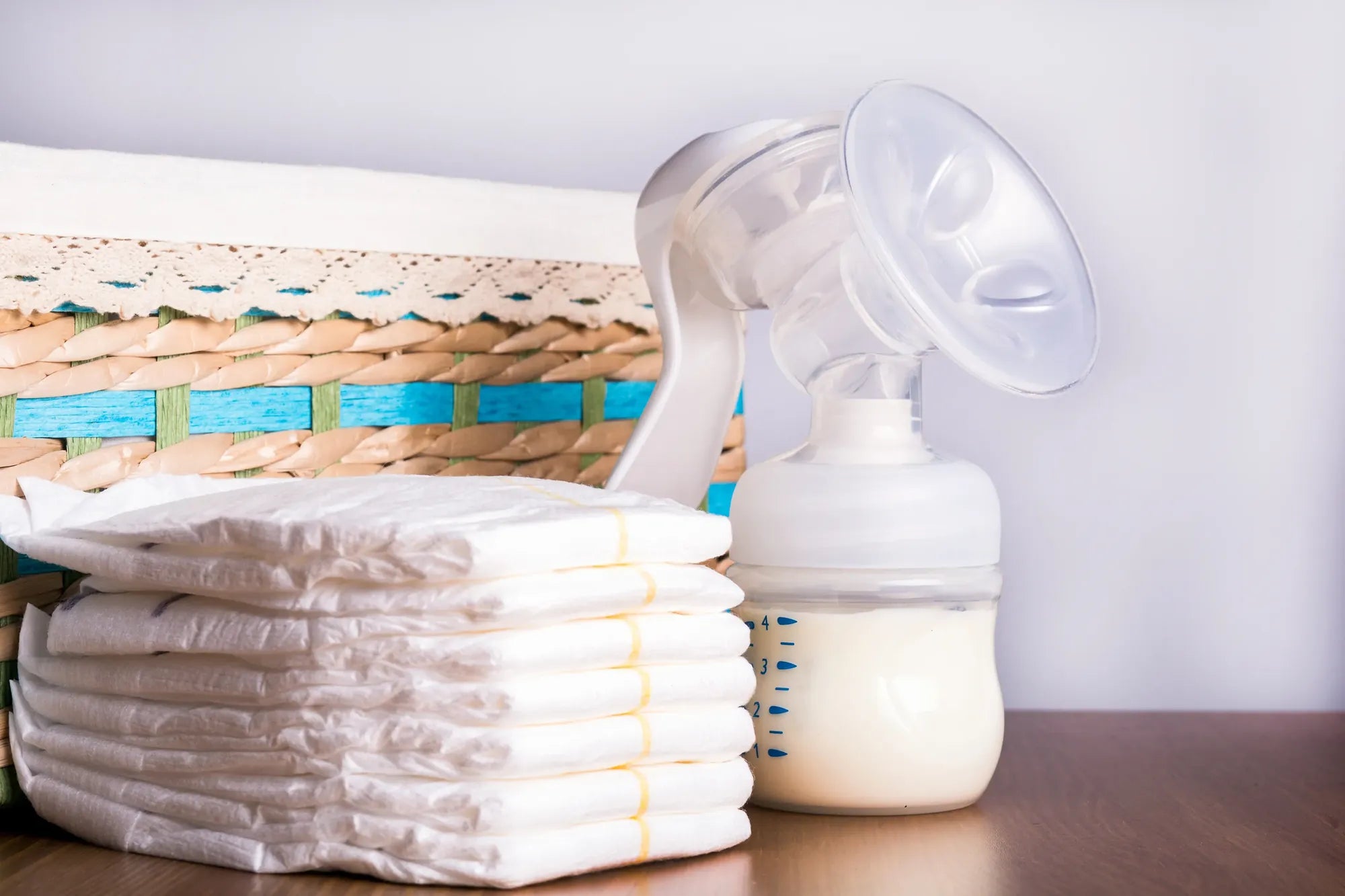Accueil
Pregnancy, Breastfeeding, and Pumping: The Ultimate Guide for Moms
How to Increase Breast Pump Efficiency: Proven Tips and Techniques

How to Increase Breast Pump Efficiency: Proven Tips and Techniques
For many nursing mothers, breast pumping is an essential part of their daily routine. Whether you're returning to work, building a milk stash, or managing low milk supply, maximizing breast pump efficiency can make a significant difference. By implementing a few proven techniques, you can streamline the process, save time, and ensure optimal milk output. Let's explore how to increase breast pump efficiency effectively.
Understand Your Breast Pump
Before diving into strategies, it's crucial to understand how your breast pump works. Familiarize yourself with its settings, parts, and maintenance requirements. A well-maintained pump operates more efficiently and reduces the risk of malfunctions. Regularly inspect the tubing, valves, and flanges for wear and tear, and replace them as needed. Proper cleaning and sterilization also play a vital role in maintaining performance.
Choose the Right Flange Size
One of the most overlooked aspects of breast pump efficiency is flange size. Using the correct flange size ensures proper suction and prevents discomfort. A flange that's too small or too large can hinder milk flow and reduce output. Measure your nipple diameter and select a flange that matches your size. Many pumps come with multiple flange options, so take the time to find the best fit for your body.
Optimize Pumping Sessions
Timing and frequency are key factors in increasing breast pump efficiency. Establish a consistent pumping schedule that aligns with your baby's feeding routine. Pumping every 2-3 hours can help maintain milk supply and prevent engorgement. Additionally, consider power pumping, a technique that mimics cluster feeding by alternating short pumping sessions with brief breaks. This method can stimulate milk production and improve efficiency.
Create a Relaxing Environment
Stress and tension can negatively impact milk letdown and overall pumping efficiency. Create a calming environment to help your body relax and respond better to the pump. Find a quiet, comfortable space where you can focus on the task at hand. Listening to soothing music, practicing deep breathing exercises, or looking at photos of your baby can also encourage milk flow.
Use Hands-On Pumping Techniques
Combining manual techniques with your breast pump can significantly enhance efficiency. Massaging your breasts before and during pumping helps stimulate milk ducts and improve flow. Applying gentle pressure or using a warm compress can also encourage letdown. Experiment with different hand positions and movements to find what works best for you.
Stay Hydrated and Nourished
Proper hydration and nutrition are essential for maintaining milk supply and increasing breast pump efficiency. Drink plenty of water throughout the day and consume a balanced diet rich in vitamins and minerals. Certain foods, such as oats and flaxseed, are known to support lactation. Avoid excessive caffeine and alcohol, as they can dehydrate you and affect milk production.
Adjust Pump Settings
Most breast pumps offer adjustable suction and speed settings. Experiment with these settings to find the combination that works best for your body. Start with a lower suction level and gradually increase it until you find a comfortable yet effective setting. Remember that higher suction doesn't always mean better results; it's about finding the right balance for your needs.
Double Pumping
Double pumping, or pumping both breasts simultaneously, can save time and increase milk output. This method stimulates both breasts equally, leading to a more efficient session. Many pumps come with double pumping kits, making it easy to incorporate this technique into your routine. If your pump doesn't support double pumping, consider investing in an accessory that enables it.
Monitor Milk Output
Keeping track of your milk output can help you identify patterns and make adjustments to improve efficiency. Use a journal or app to record the time, duration, and volume of each pumping session. This data can provide valuable insights into what works best for your body and help you fine-tune your approach.
Seek Support
Breast pumping can be challenging, but you don't have to do it alone. Seek support from lactation consultants, support groups, or fellow nursing mothers. They can offer valuable advice, share their experiences, and provide encouragement. Don't hesitate to ask for help if you're struggling with efficiency or other aspects of pumping.
By implementing these strategies, you can significantly increase breast pump efficiency and make the process more manageable. Remember that every mother's journey is unique, so it may take some trial and error to find what works best for you. With patience, persistence, and the right techniques, you can achieve your breastfeeding goals and enjoy a more efficient pumping experience.
Partager
